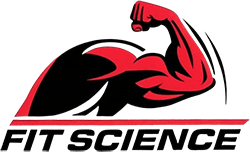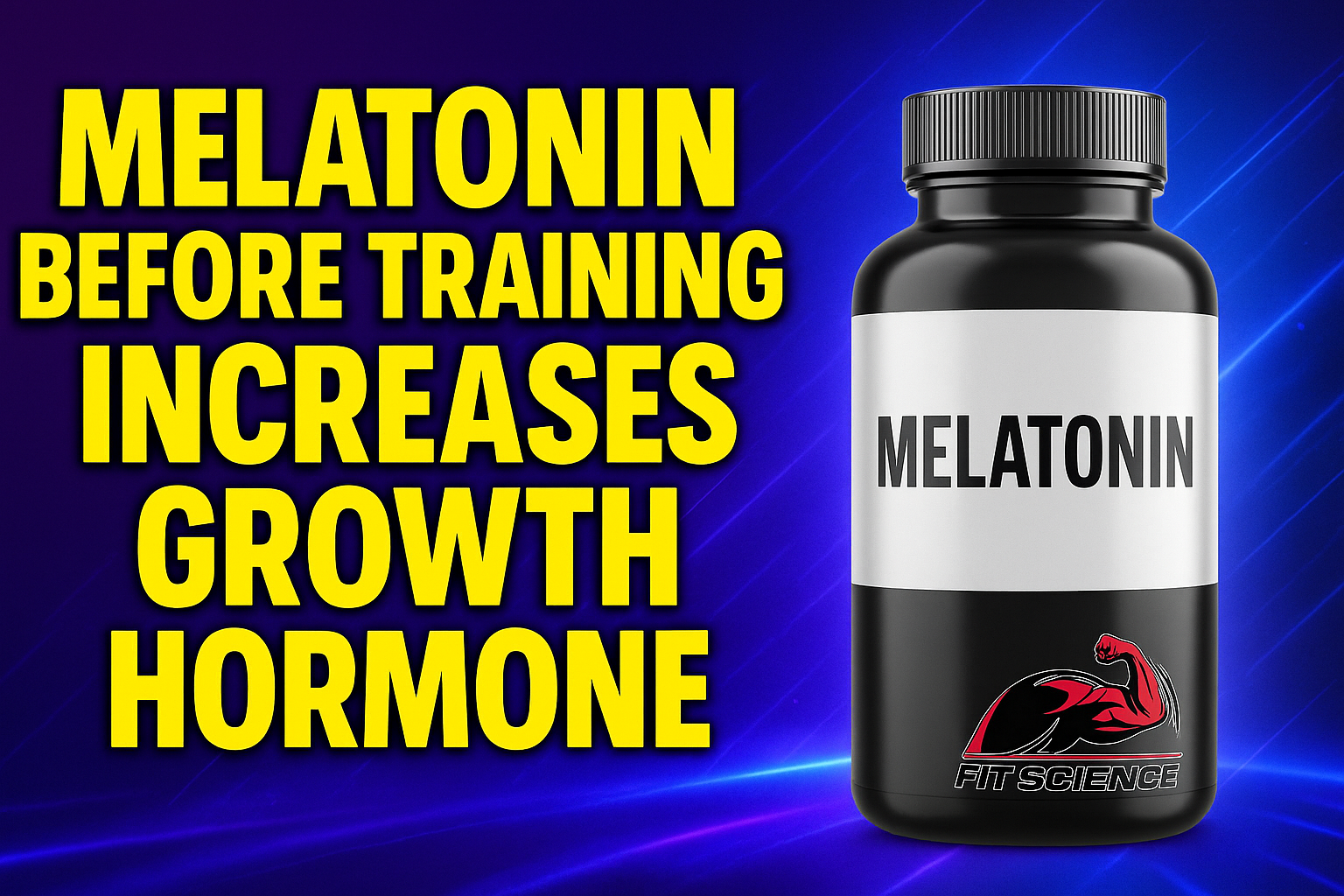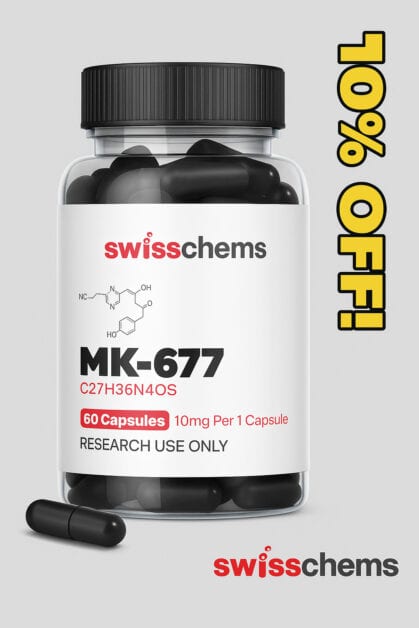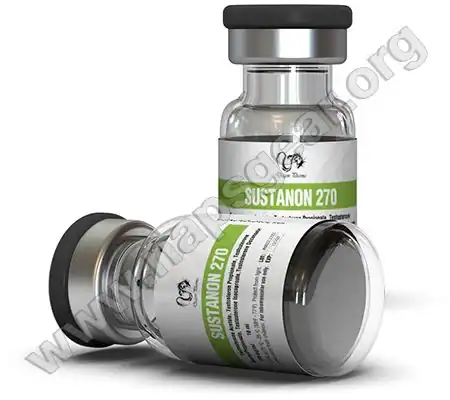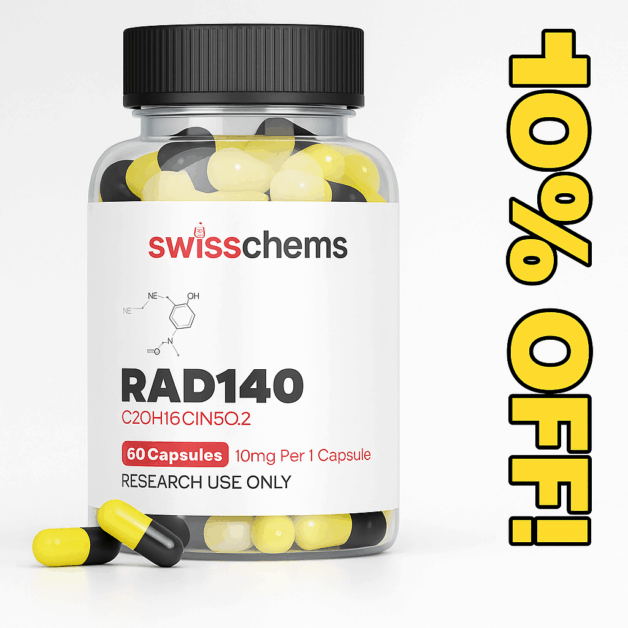Most bodybuilders think of melatonin as a basic sleep aid, the cheap little pill you grab after a late workout or when jet lag wrecks your cycle. But melatonin is far more than a sleep crutch. It is a hormone that not only regulates circadian rhythm but also modulates growth hormone (GH), influences inflammation, supports glycogen replenishment, and protects cells from oxidative damage.
For athletes, this makes melatonin a potential performance and recovery tool. In fact, a pivotal study published in the Journal of the International Society of Sports Nutrition showed that melatonin can amplify the GH surge that follows heavy resistance exercise. In this trial, trained men and women performed an intense leg press session after taking placebo, 0.5 mg, or 5 mg melatonin. Researchers tracked hormones for three hours. Both melatonin groups saw greater GH responses, and the higher dose reduced somatostatin, the natural “brake” on GH release. Importantly, there was no drop in strength or performance. (Effects of a single dose of N-Acetyl-5-methoxytryptamine (Melatonin) and resistance exercise on the growth hormone/IGF-1 axis in young males and females, DOI: 10.1186/1550-2783-4-14).
This finding reframes melatonin. Instead of being a one-note sleep hormone, it emerges as a multi-purpose tool that can help bodybuilders recover more completely, train harder, and sustain higher workloads. The rest of this article breaks down how melatonin works, how it plays out in real prep situations, and how to use it intelligently without falling into hype.
What Melatonin Actually Does in the Body
Melatonin is secreted by the pineal gland in response to darkness. Its most famous job is to set circadian rhythm, telling the body when to wind down and when to wake up. But melatonin receptors are distributed throughout the body, including in skeletal muscle, fat, gut, and the central nervous system. That broad presence explains why its effects go far beyond sleep.
For bodybuilding purposes, four categories stand out:
-
Growth Hormone Modulation
-
GH secretion is constantly checked by somatostatin. Melatonin suppresses this brake, allowing stronger GH pulses during sleep and after resistance training.
-
This is especially relevant for lifters chasing recovery and tissue repair under high training loads.
-
-
Antioxidant Defense
-
Heavy training generates reactive oxygen species (ROS) that damage membranes and slow recovery.
-
Melatonin directly scavenges free radicals and upregulates enzymes like superoxide dismutase, catalase, and glutathione peroxidase.
-
-
Inflammation Balance
-
Training drives pro-inflammatory cytokines (TNF-α, IL-6). Too much can impair recovery.
-
Melatonin dampens the excess while allowing adaptive signaling to continue, reducing the “drag” of chronic inflammation.
-
-
Metabolic Support
-
Studies show melatonin enhances glycogen storage and promotes mitochondrial biogenesis via PGC-1α.
-
This means fuller energy reserves and better muscle endurance for repeated bouts of work.
-
In practical terms, melatonin is not building muscle directly the way protein or creatine do. Instead, it is reinforcing the environment where hypertrophy and recovery thrive.
The Landmark JISSN Study
The 2007 JISSN trial remains the most important study for lifters evaluating melatonin.
Study Design
-
Subjects: 60 trained men and women.
-
Protocol: Leg press at ~85% 1RM, 7 sets of 7 reps — a brutal, high-volume session.
-
Groups: Placebo, 0.5 mg melatonin, or 5 mg melatonin taken pre-workout.
-
Measurements: GH, somatostatin, IGF-1, IGFBP-3, blood chemistry, and vitals tracked across three hours.
Results
-
Growth Hormone: Both 0.5 mg and 5 mg melatonin amplified GH responses post-training compared to placebo.
-
Somatostatin: Significantly reduced in the 5 mg group, removing inhibition on GH release.
-
IGF-1 and IGFBP-3: IGF-1 itself did not change acutely, but IGFBP-3 rose at 5 mg, indicating downstream effects.
-
Gender Differences: Men had stronger GH increases, but women also benefited.
-
Safety and Performance: No adverse changes in blood pressure, heart rate, strength, or blood chemistry.
Why It Matters for Bodybuilders
This study proved that melatonin can enhance GH surges tied to resistance exercise without impairing performance. GH is not a magic hypertrophy button, but it influences fat metabolism, collagen turnover, and recovery. Amplifying this pathway safely gives athletes an additional recovery lever.
Mechanistic Deep Dive
GH and Somatostatin
GH release is a balance between GHRH (green light) and somatostatin (red light). Melatonin tilts this balance by lowering somatostatin, letting GH flow more freely.
Sleep and Nocturnal Pulses
Deep sleep is the body’s natural GH peak. Poor sleep blunts these pulses, robbing recovery. By accelerating sleep onset and improving slow-wave sleep, melatonin ensures lifters don’t miss their nightly anabolic window.
Oxidative Stress
Every hard set generates ROS. While small amounts signal adaptation, excess ROS causes fatigue and longer recovery times. Melatonin helps neutralize ROS, preserving performance over high-volume blocks.
Inflammation
Overtraining often shows up as chronically high inflammatory markers. Melatonin helps modulate this without shutting down beneficial adaptation, keeping recovery smoother.
Glycogen and Mitochondria
Faria et al. (2022) demonstrated melatonin improves glycogen replenishment and increases PGC-1α expression, driving mitochondrial biogenesis. This means more energy storage and better efficiency, key for contest prep when calories are scarce.
Circadian Rhythm and Training Timing
Melatonin’s effects are highly dependent on light exposure and time of day:
-
Bright Light (day training): Acts more as a hormonal regulator. In studies, melatonin before training under bright conditions enhanced GH without causing sedation.
-
Dark Conditions (nighttime): Acts as a sedative, improving sleep depth and nocturnal GH pulses.
-
Late-Night Lifters: Many bodybuilders train late due to work or schedule. Melatonin helps anchor circadian rhythm so recovery isn’t compromised.
-
Shift Work: For athletes juggling odd schedules, melatonin stabilizes rhythms and reduces sleep disruption.
This dual action — regulator by day, sedative by night — makes melatonin unique compared to other supplements.
Case Studies in Real Bodybuilding Prep
Marcus: Off-Season Volume Push
Marcus, 27, spends his off-season pounding high-volume training blocks, often finishing late at night. Without melatonin, he tosses until 1 a.m. His recovery scores plummet, and soreness lingers. After adding 3 mg melatonin nightly, his sleep latency shortens, HRV improves, and he can add more back-off sets without burning out. Eight weeks later, he’s logging his smoothest massing phase yet.
Janelle: Contest Prep Survival
At 12 weeks out, Janelle is deep in deficit, pounding cardio at dawn and weights at night. Stimulants keep her functioning but destroy her sleep. She’s barely averaging six hours. Starting with 0.5 mg melatonin, moving to 1 mg, she adds over an hour of nightly sleep. Hunger and irritability stabilize, lifts hold, and she steps on stage retaining more fullness than her last prep.
Omar: Pre-Workout Melatonin Trial
Omar, 35, is data-obsessed. He tests 5 mg melatonin pre-leg day in a brightly lit gym. He keeps caffeine in his stack to offset any sedation. Over six weeks, soreness decreases, recovery markers improve, and bloodwork shows a modest rise in IGFBP-3. Performance holds steady. For Omar, melatonin isn’t a miracle — but it is another measurable edge.
Talia: Injury Recovery Under Pressure
Talia, 29, strains her shoulder mid-prep. Pain disrupts her sleep, spiraling recovery downward. Adding 2 mg melatonin nightly restores her sleep quality. Within two weeks, her resting heart rate drops, inflammation steadies, and she maintains leg training intensity until her shoulder heals. Melatonin doesn’t fix the injury but prevents sleep loss from compounding the damage.
Melatonin vs Other GH and Recovery Tools
Bodybuilders chase GH and recovery with many tools. Here’s how melatonin compares:
| Compound | Effectiveness | Risks/Downsides | Use Case |
|---|---|---|---|
| Melatonin | Modest GH boost, major sleep/recovery benefits | Morning grogginess at high dose | Safe, legal, accessible |
| Glycine | Improves sleep, mild GH bump | Weak effect | Cheap add-on |
| GABA | Acute GH spike | Grogginess, tolerance builds fast | Short-term use |
| Arginine/Ornithine | GH boost at high dose | GI distress common | Rarely used by pros |
| MK-677 (Ibutamoren) | Strong GH/IGF-1 rise | Water retention, appetite swings, banned | Non-tested users only |
| GH Peptides | Potent GH stimulation | Injectable, expensive, grey market | Advanced enhancement |
| Anabolic Steroids/GH | Massive hormonal shifts | Illegal, high risk | PED cycles |
Melatonin stands out as the only option that is legal, safe, multi-functional, and accessible to all lifters.
Practical Protocols for Bodybuilders
Nightly Recovery
-
Dose: 0.5–3 mg immediate-release.
-
Timing: 30–60 minutes before bed.
-
Notes: Start low to avoid grogginess. Combine with dark room and screen cutoff.
Contest Prep Support
-
Dose: 0.5–2 mg.
-
Timing: Nightly during deficit phases, especially when stimulant use is high.
-
Notes: Protects sleep quality, mood, and fat loss efficiency.
Pre-Workout GH Experimentation
-
Dose: 5 mg.
-
Timing: 45–60 minutes pre-lift, in bright gym conditions.
-
Notes: For advanced lifters only; monitor drowsiness.
Extended FAQ
Does melatonin directly build muscle?
No. It improves sleep, GH, and recovery. Gains still require training and nutrition.
Does more GH mean more muscle?
Not automatically. GH is more tied to fat metabolism and tissue repair than direct hypertrophy. But better GH rhythms support overall adaptation.
Will melatonin make me groggy?
At high doses, yes. Start low and prefer immediate-release forms.
Can women use melatonin for bodybuilding?
Yes. Benefits for sleep and recovery apply equally, though GH responses are smaller.
Can melatonin stack with peptides or SARMs?
Yes. Many lifters pair it with recovery stacks. Safety profile is excellent.
Is melatonin addictive?
No. Unlike prescription sleep meds, melatonin does not cause dependence.
How long does melatonin last in the body?
Half-life is ~1–2 hours for immediate-release. Extended-release forms last longer but increase risk of grogginess.
Should natural lifters bother?
Absolutely. It’s one of the best legal tools for improving recovery and GH signaling.
Is melatonin banned by WADA?
No. It’s permitted in all sports.
What’s the best form?
Immediate-release tablets or capsules are ideal for bodybuilding purposes.
Conclusion
Melatonin is far more than a sleep aid. It is a hormone with multiple roles in recovery, growth hormone regulation, inflammation control, and metabolic optimization. The Journal of the International Society of Sports Nutrition study (DOI: 10.1186/1550-2783-4-14) proved melatonin enhances GH responses to resistance training without impairing strength.
For bodybuilders, the real-world benefits are clear: faster sleep onset after late sessions, preserved recovery during contest prep, reduced soreness in volume blocks, and protection against circadian disruption. It’s not a magic bullet — but in a sport where margins matter, melatonin is a safe, legal, and underrated ally.
In short: creatine drives strength, protein drives muscle synthesis, progressive overload drives adaptation. Melatonin makes all of those work more efficiently. Ignore it, and you’re leaving recovery gains on the table.
References
-
Nassar E, Mulligan C, Taylor L, Kerksick C, Galbreath M, Greenwood M, Kreider R, Willoughby DS. Effects of a single dose of N-acetyl-5-methoxytryptamine (melatonin) and resistance exercise on the growth hormone/IGF-1 axis in young males and females. J Int Soc Sports Nutr. 2007. DOI: 10.1186/1550-2783-4-14.
-
Valcavi R, Zini M, Peñó S, et al. Melatonin stimulates growth hormone secretion through mechanisms involving somatostatin. Clin Endocrinol. 1993.
-
Faria VS, et al. Melatonin potentiates exercise-induced increases in PGC-1α, reduces intramuscular triglyceride content, and increases glycogen after exhaustive exercise. Front Physiol. 2022.
-
Celorrio San Miguel AM, et al. Impact of melatonin supplementation on sports performance and circulating biomarkers in highly trained athletes. 2024.
-
Stacchiotti A, et al. Impact of melatonin on skeletal muscle and exercise. 2020.
-
Gooneratne NS, et al. Pharmacokinetics of melatonin following different oral doses. 2003.
-
USADA. What athletes need to know about melatonin.
-
WADA. 2025 Prohibited List.
